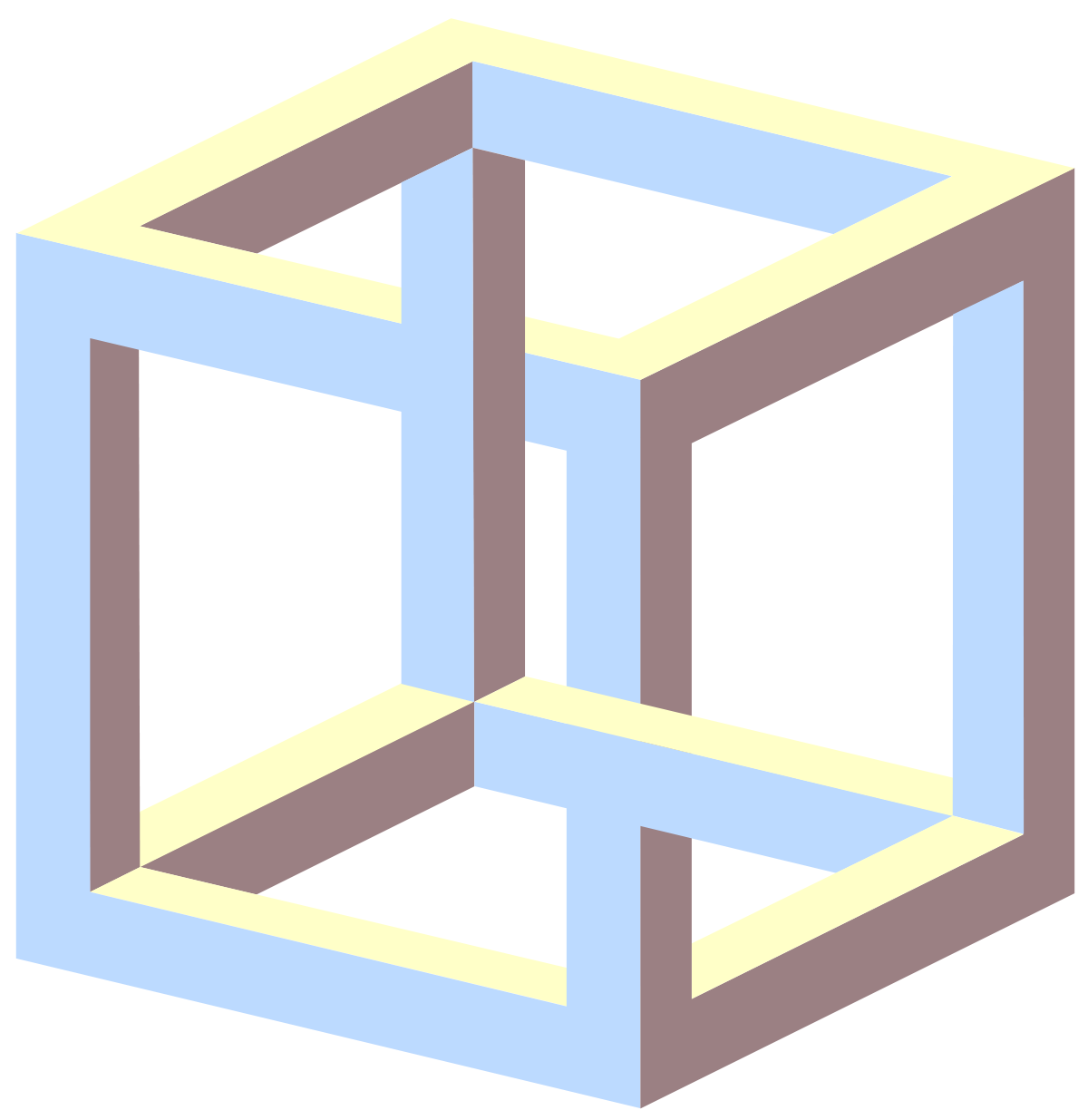- 5,478
- 3,549
How would we evaluate the existence of an impossible object within fiction.
We do know we can only usually portray them as optical illusions in 2D but what would it means if an impossible object with certainty proven its existence within a fictional narrative?
To those who don't know what impossible object

 en.wikipedia.org
en.wikipedia.org
We do know we can only usually portray them as optical illusions in 2D but what would it means if an impossible object with certainty proven its existence within a fictional narrative?
To those who don't know what impossible object
